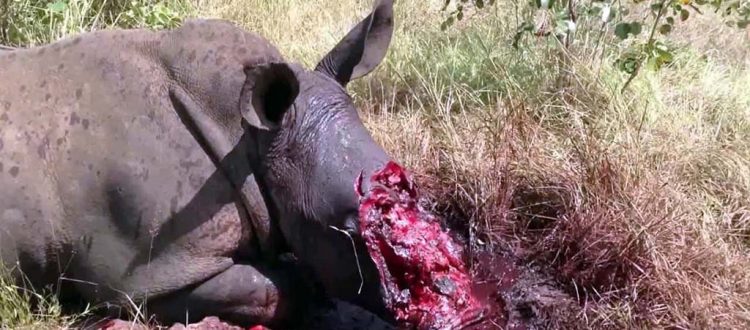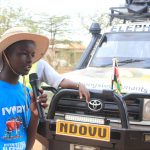” Mourning for our Wildlife and its Managers”
2017 is here with us. We seem to be back in the dark days and moments of Rhino and Elephant poaching in Kenya amidst all the security measures and education awareness.
We have started the New Year with despondent news of Rhinos and Elephants poaching and increased human-wildlife conflict among other challenges. Most of the African Nations are applauding Chinese country for making a declaration to end the stockpiles by 2017; this is a good move and it’s viewed as a New Year gift to African continent.
Someone was quoted saying that poaching in Kenya had reduced by 80% last year. It is very sad that this year we have lost 6 Rhinos from Ngulia Sanctuary in Tsavo West National Park an in other National Parks including Nakuru and Ruma. It has been reported that we have also lost a quite number of elephants in Tsavo, Meru among other areas in Kenya . Just to mention, all Rhinos in Kenya are under high security surveillance within their protected sanctuaries unlike the elephants that are free ranging. However the question here is, who are these daring the security and under whose supervision? It is unbelievable that Nakuru Rhino poaching was done at noon and on a Sunday! In this year, we have lost people, livestock and property in areas adjacent to Parks, migration routes and in dispersal areas. Two people were killed end of last year and beginning of this year in Taita Taveta and one in Kajiado by elephants.
In 2013 December H.E the President of Kenya signed to law a new Wildlife and Conservation Act. In this Act, all claims that include death, injuries, property damage, crop raiding and predation can be compensated not by KWS but by National Government through Treasury. In every county in Kenya there is a committee on wildlife and compensation which was gazetted by CS Environment Natural Resource. According to the Act, their work is to monitor the damage and provide the information to KWS for compensation process. This committee have no financial support let alone the goodwill support from local communities. In the last 3 years no claims have been compensated and the government owes KSh 5 billion to the appellants from different areas in Kenya according to the claims. Human-wildlife Conflict is very high in areas such as Makueni, Taita Taveta, Lamu, Kajiado and in Laikipia where most of these areas have no parks and became very difficult for KWS to manage the wildlife.
Truth of the matter is KWS is currently under funded and most people including field officers in operation are frustrated and dispirited. It’s becoming difficult even to do any operation in the field for lack of field resources like serviceable vehicles and aircraft. KWS operation budget is gained from revenue collection and from Treasury. This financial rationing has lasted for 3 years now and do not seem like it’s about to stop. Unbelievably, KWS air-crafts have crushed due to poor maintenance yet they must be used for work at hand. We are approaching elections and campaigns, who is going to listen to the cry of our wildlife and her managers? Where do we place Wildlife Conservation in Kenya?
Just few days after New Year, NEMA issued a license allowing standard gauge railway to be constructed through Nairobi National Park . Kenyan and Global conservationist had tried to stop this move using all means and its seems that there is no way out but to manage the outcomes. The distracted move came about when KWS Founder and current Chairman Dr Richard Leakey embraced the construction of the railway through the park in an interview by BBC between other International and Local media houses.




